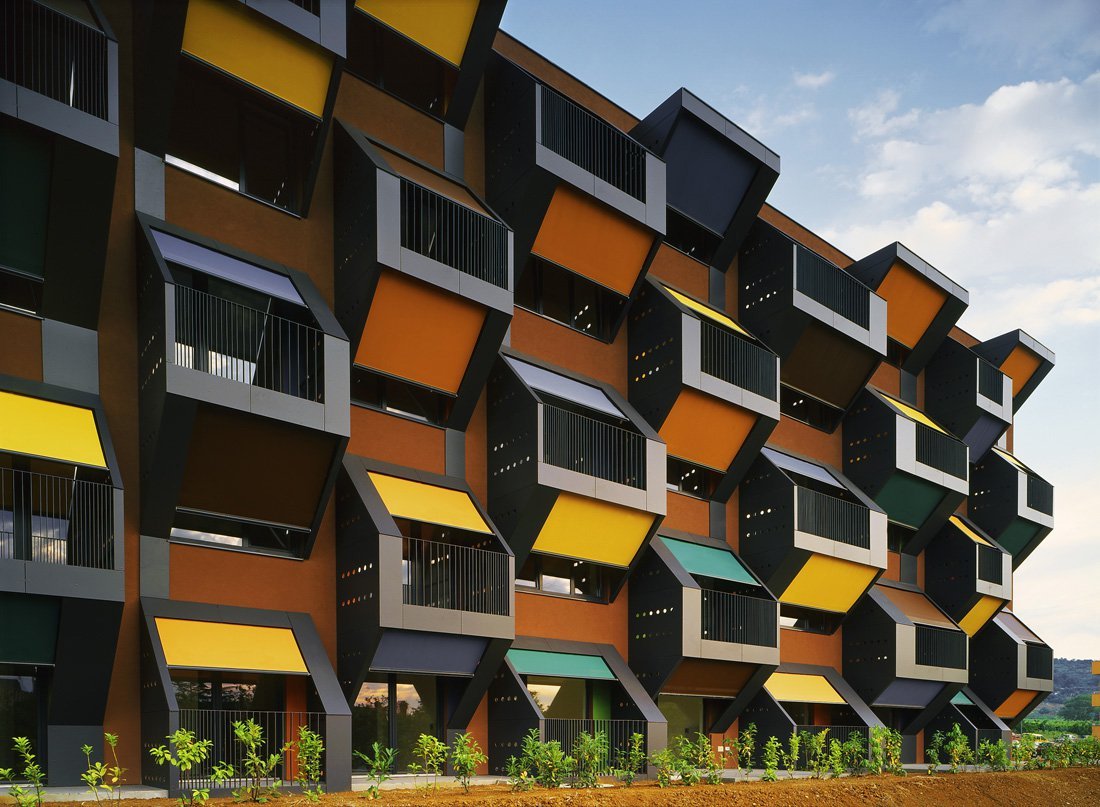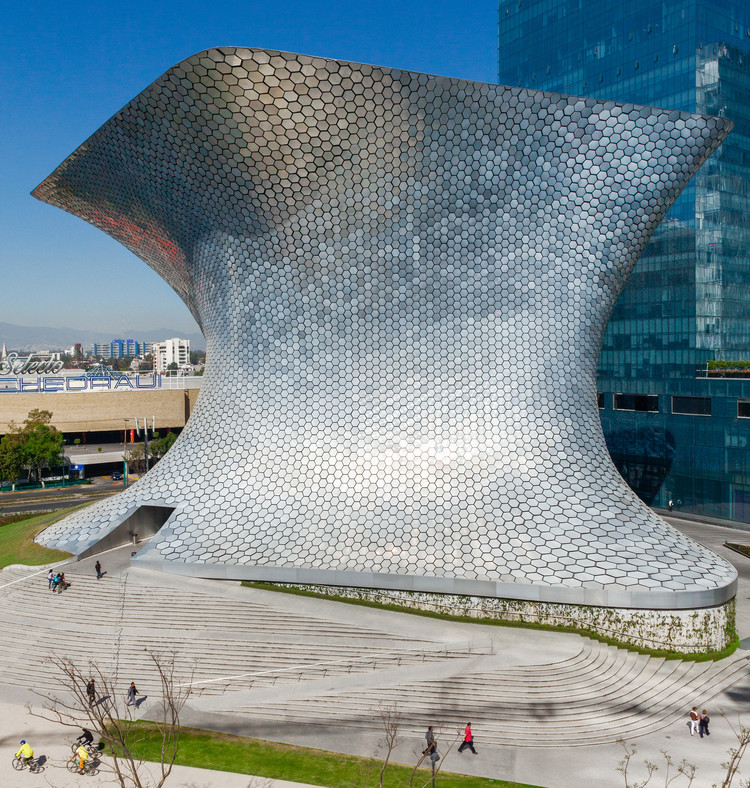
Hexagonal shapes in nature and architecture
What makes hexagons so prevalent in nature and our history? Let’s investigate the versatility of this shape, which is widely present in nature, as well as its use in the architectural world.
The hexagon is present in many elements that surround us, both the visible and the less apparent ones, and it is the shape chosen by nature. This elegant and aesthetically appealing geometric form is more recurrent than we think, from snowflakes to basalt columns, from the beehives to the hexagonal clouds in Saturn’s North Pole.
From a strictly functional perspective, the hexagon is an efficient and resistant geometry. One of the most famous examples of hexagons in nature is found within a beehive, where bees build their intricate honeycombs.

Why have bees “chosen” the hexagonal shape? Hexagons allow for efficient use of space, maximizing storage and minimizing material waste. Moreover, this six-sided shape provides stability by evenly distributing weight and supporting the pressure of the honey’s weight. The uniformity of hexagons also facilitates a seamless connection between adjacent cells, forming a strong structure that resists distortion.
For similar reasons, hexagons are also found in basalt columns that form in various locations around the world, such as the Giant’s Causeway in Northern Ireland. Hexagonal basalt columns emerge when lava cools down and contracts, creating fractures that follow the path of least resistance, often resulting in six-sided wonders.

Calzada del Gigante en Irlanda del Norte (fuente: viajes.nationalgeographic.com.es)
These are only two of the most common examples of hexagons in nature, together with snowflakes. Only few people know that this geometry is the absolute protagonist in the plant and animal kingdom, showing up in pollen grains and even in the cells’ arrangement in plant tissues, in some insects’ eyes and reptiles’ scales.

Soumaya Museum in Mexico City designed by Fernando Romero (source: ArchDaily)
Thanks to all these qualities, aesthetic, functional and structural, it is no wonder that the hexagon has quickly become a recurring element in architecture as well. From the Crystal Palace, designed by Joseph Paxton for the Great Exhibition of 1851 in London, to more recent projects like the Soumaya Museum in Mexico City, inaugurated in 1994, and the Izola Social Housing by OFIS Architects built in Slovenia in 2006, the hexagon has demonstrated its versatility in both public and private projects.
Finally, let’s not forget that the hexagon is the protagonist of the streets of our city, Barcelona. Some of the most iconic places in the city are characterized by a common element: the Panot Gaudí. The slab designed by Antoni Gaudí and used to pave Passeig de Gràcia and other emblematic locations continues to be one of the most requested products in our catalogue. In our upcoming blog, we will tell you how at SAS we have reinterpreted the hexagon, paying tribute to this geometry. Do not miss it!
Do you still have doubts? In addition to our products, SAS also offers several services to provide support to our customers. Our sales experts are available to answer all your questions and to work closely with you to ensure a good installation of the products.
